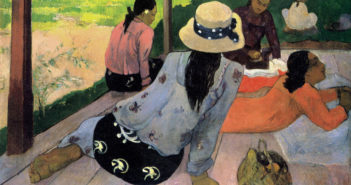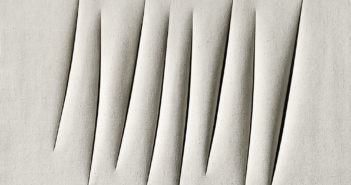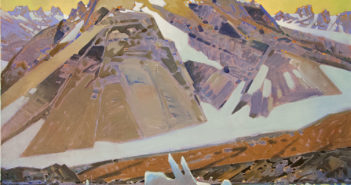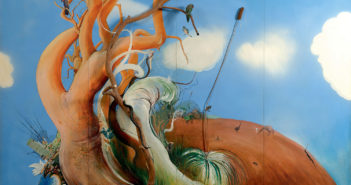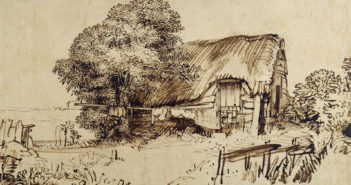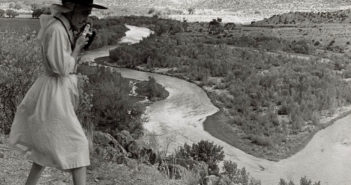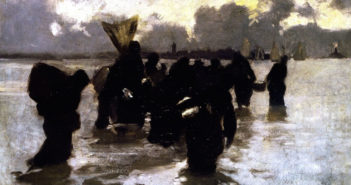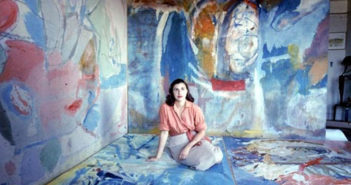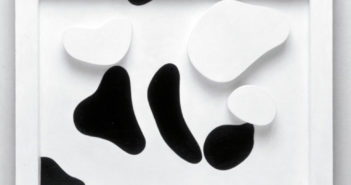
Sleepwork
After a couple of decades wielding a brush, I’m wondering if you’ve also experienced this: I paint all day and while resting I think about paintings. Then I go to sleep and dream about paintings I’ve not yet painted.
A few mornings ago, I rose from bed and, like a premium droid, set to work without question on the thing I had dreamt. After reasonable success, I wondered if this process might simplify the whole operation and alleviate mental exertion.

